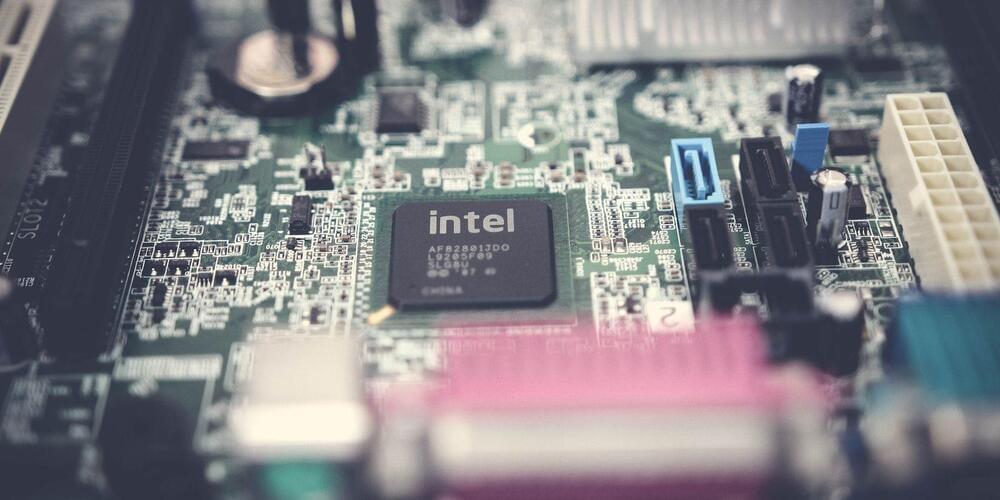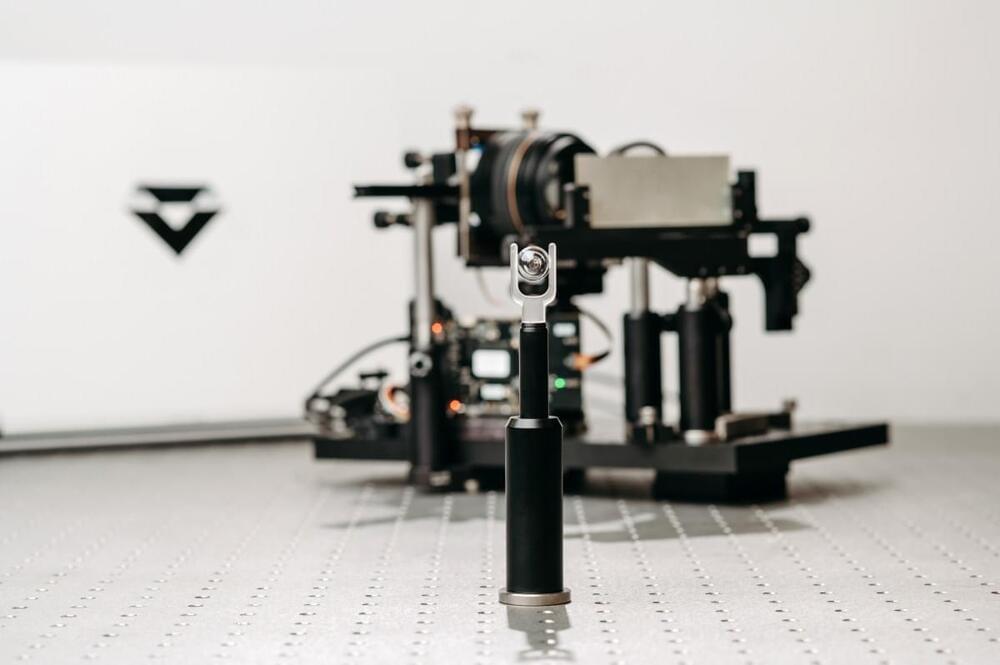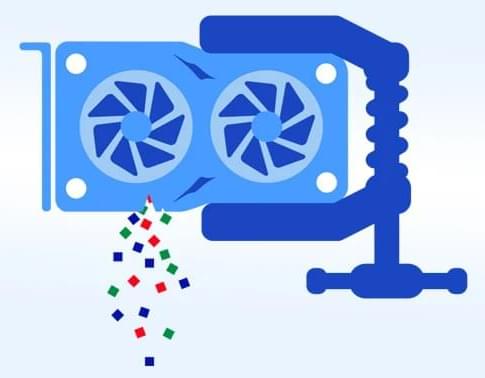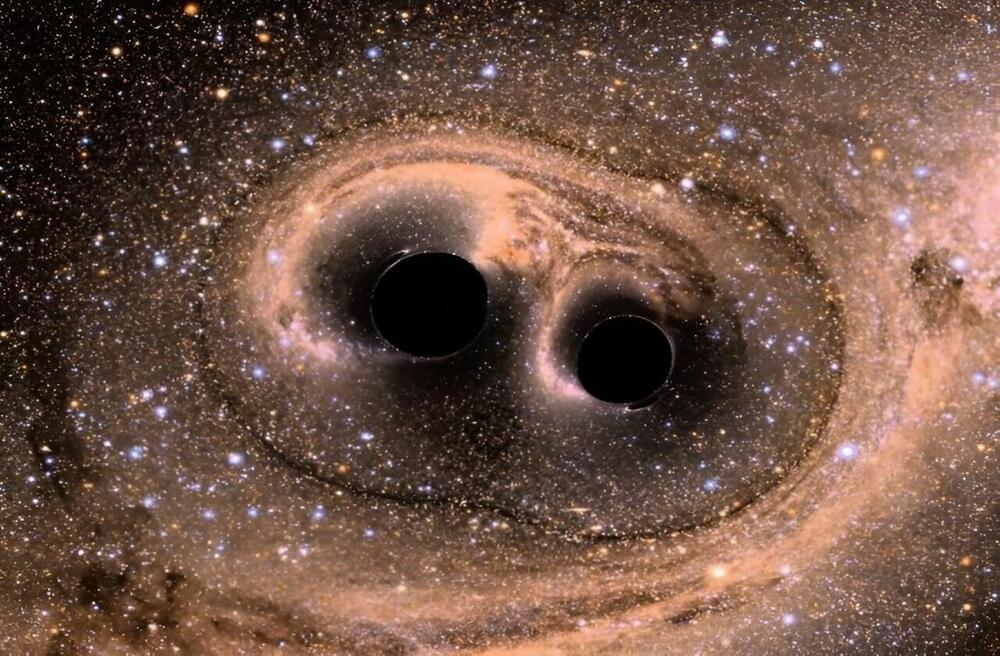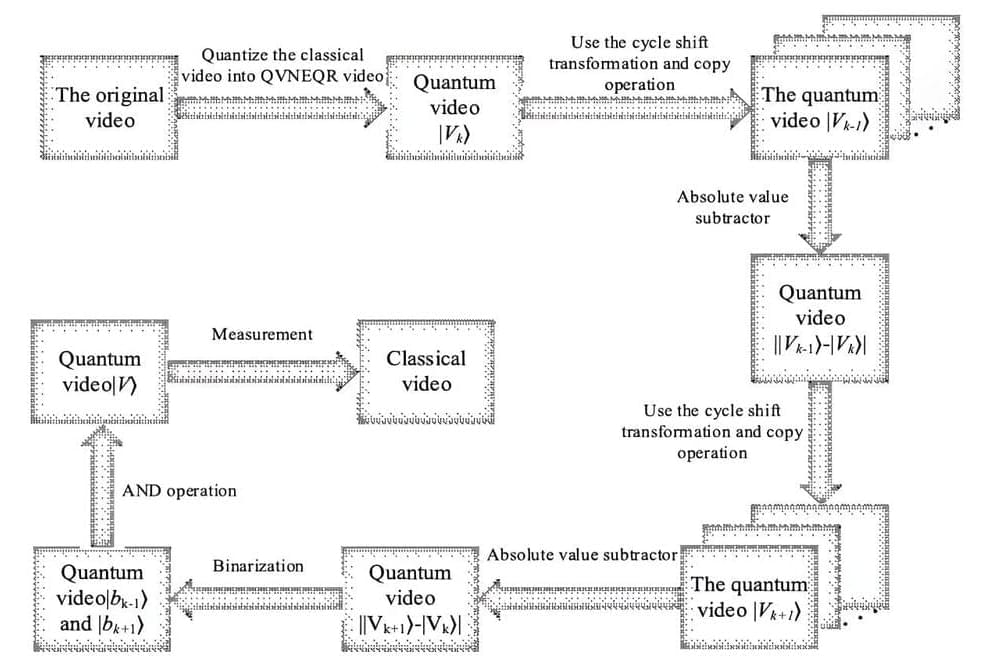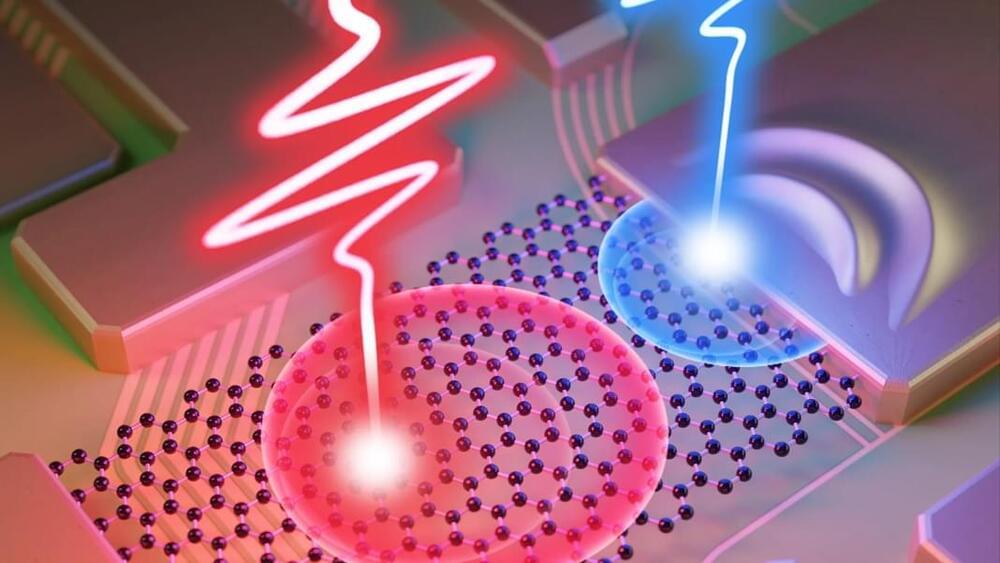Summary: Scientists have successfully determined the genomic composition of octopuses, unveiling a whopping 2.8 billion base pairs across 30 chromosomes. This was a result of comprehensive, computer-assisted genome studies and comparisons with other cephalopod species.
This high-quality reference sequence paves the way for understanding octopus biology and tracing its evolutionary trajectory.
The findings, which shine a light on the dynamic evolutionary history of the octopus genome, will enrich research in neurobiology, behavior, and development.

